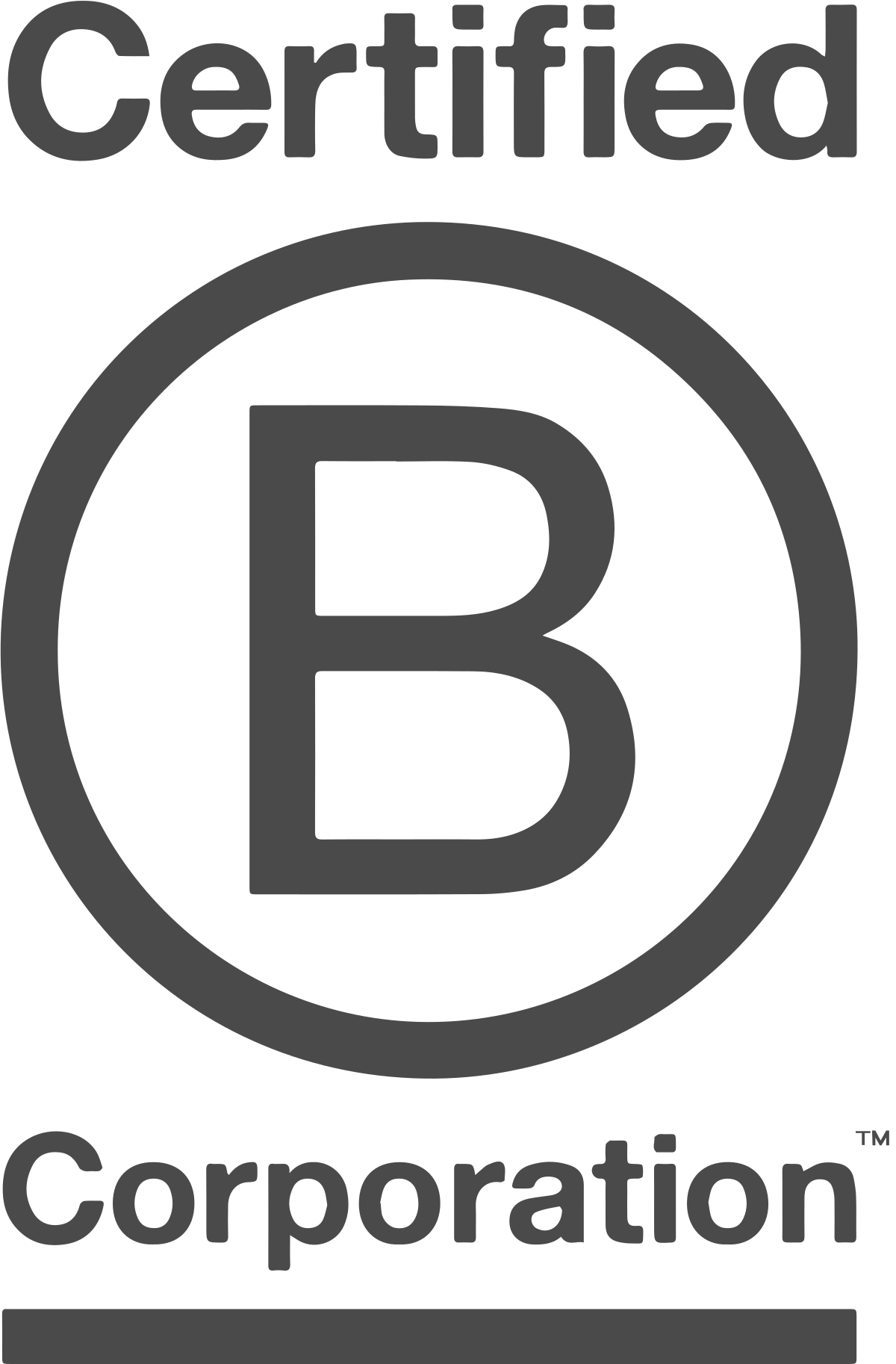When moving into a new office, or renovating the one you already have, the office interior design must work for your business and your staff. Using the right office designs for your workspace can improve employee productivity, which can help you to determine how your company can proceed going forward.
Certain features in particular can help with the productivity of your employees, such as the colours and textures used within their workspace. If you are in a serviced office agreement in London, you can ask your building manager if these alterations can be made.
For those wondering how to increase productivity, DeVono is one of the leading office design companies in London that can help you design an office that utilises your workspace. We have tips for designing an office that can help you make your space your own, and a range of offices available to rent if you want to move into a new workplace in London. You can compare office space to rent in London to see which one is right for you.
How to Increase Productivity in the Workplace
1) Colour of the office
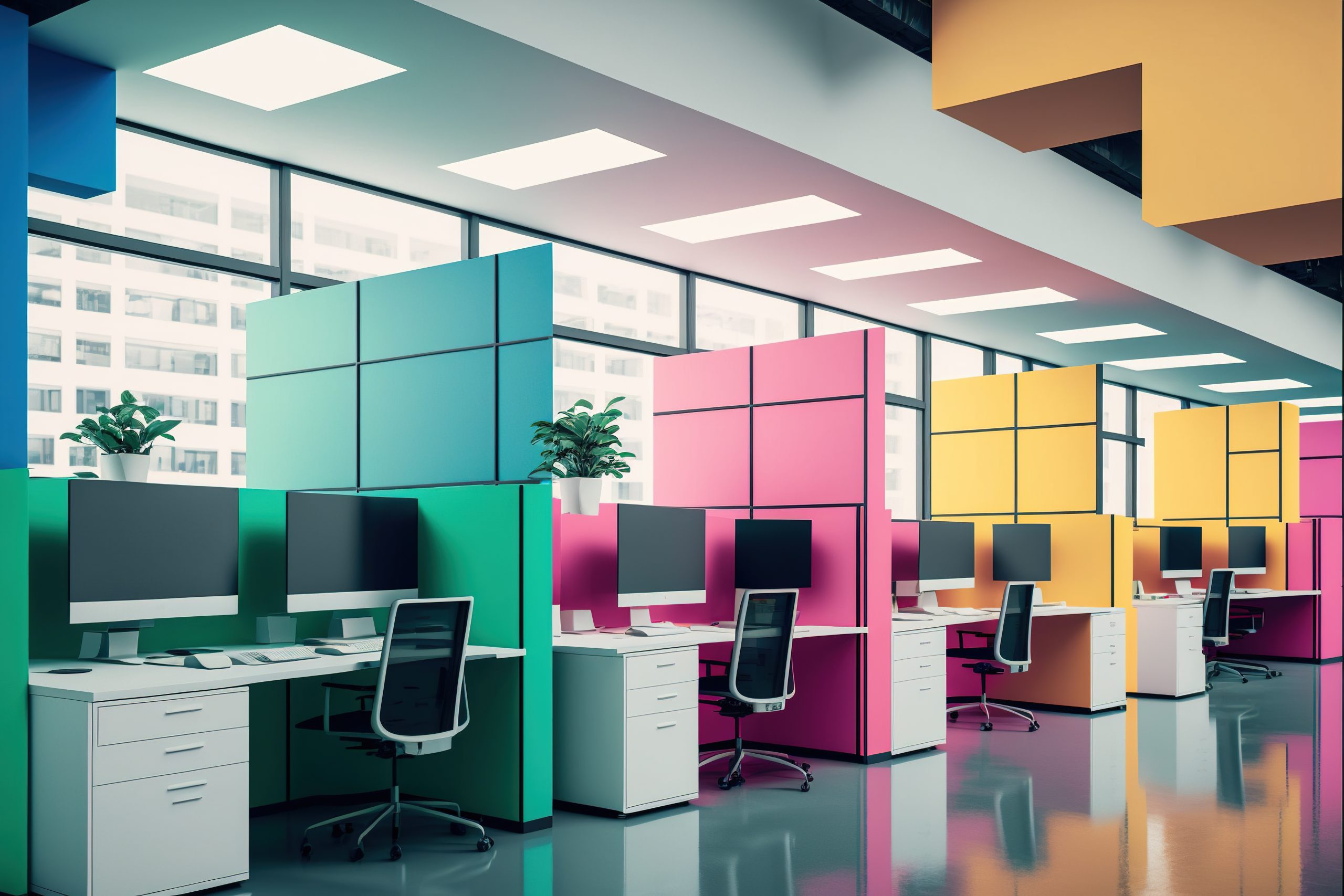
When painting or decorating the room you will be working in, pay attention to the colours you decide to use. Different colours impact people in different ways, and they can have psychological effects on us. This includes affecting our behaviour and emotions. It is therefore important to get the right colours in your office, and incorporating primary colours correctly can have great benefits for your employees and their productivity.
What are the meanings of colours in an office?
White is usually associated with cleanliness and hygiene, but that doesn’t automatically make it the perfect colour for your office. It can also be boring and uninspiring, which won’t help to make your staff more productive. Instead, white can be used in large, open spaces or kitchens.
Whilst it can be beneficial to work in colourful offices, how the colours are used is important, and red isn’t the best one for the entirety of the office. However, that doesn’t mean you shouldn’t use it. Red is a passionate colour and can raise a person’s mental energy flow, but it can also be overpowering. This makes it better suited to the more social areas of your workplace or for some of your furniture.
Orange can encourage happiness and mental stimulation, which can be a great way to improve the productivity of your colleagues. It can be used to highlight the important design elements of your office and be incorporated into designs using other colours.
For businesses that have an emphasis on teamwork, yellow is one of the ideal colours to use within your workspace. Its promotion of positivity and happiness also encourages collaboration, allowing your team to work together to achieve the best results within your field of work.
An easy way to bring more green into your office space is through the introduction of low-maintenance potted plants. Green is associated with growth, balance and nature, and can enhance creative performances from staff members.
When thinking about office colours, blue is thought to be one of the most productive. This depends on what type of work you do, but it indicates that blue can be a beneficial addition to your office space. It can improve productivity by increasing intellectual thoughts and relaxation among your colleagues.
Though thought to be an unnatural colour, purple is associated with ambition and royalty. Different shades of purple will have different effects on your employees, so it is important to find the right one for your workspace and the other colours you choose.
Black is a colour that indicates authority and can be used to make an office seem elegant and luxurious. However, it can appear sinister. Despite this, it can still be a great colour to use in your workspace when it complements the other colours in the room.
2) Designate office zones
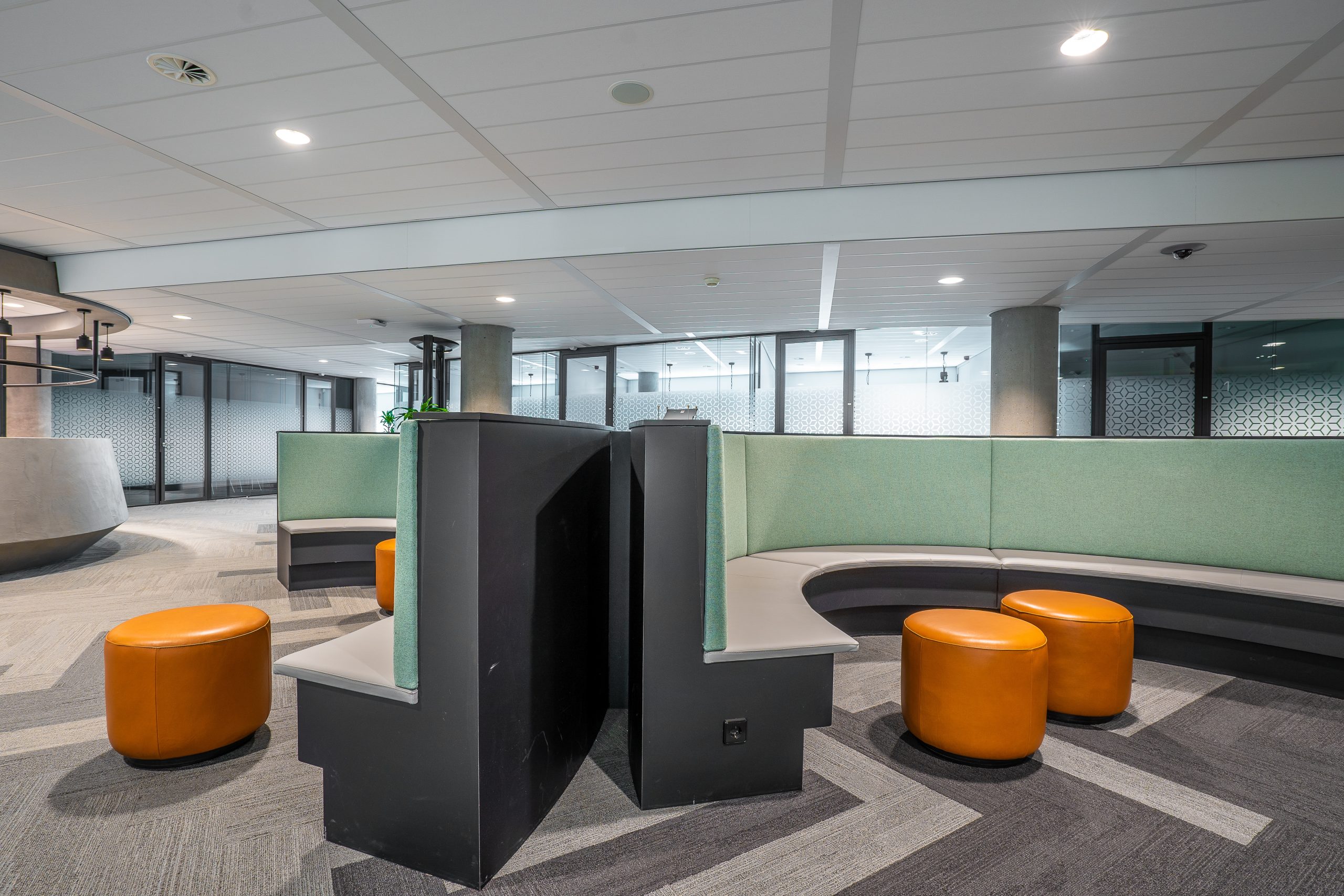
Instead of having one space that is used for everything, try dividing your office space into designated areas for your employees. These zones can be decorated differently too, to make the most of the colour schemes that would suit each purpose.
For example, private zones can help when your staff need peace and quiet to complete essential tasks, whilst fun areas can be used when they need to destress. Quiet areas are ideal as a location your staff can utilise when they need to think without being interrupted. Naps can also be taken in this sort of area. If your business requires a lot of teamwork, collaboration zones can be designed in such a way as to promote the exchanging of ideas and thoughts, such as in a break room.
3) Incorporate plants
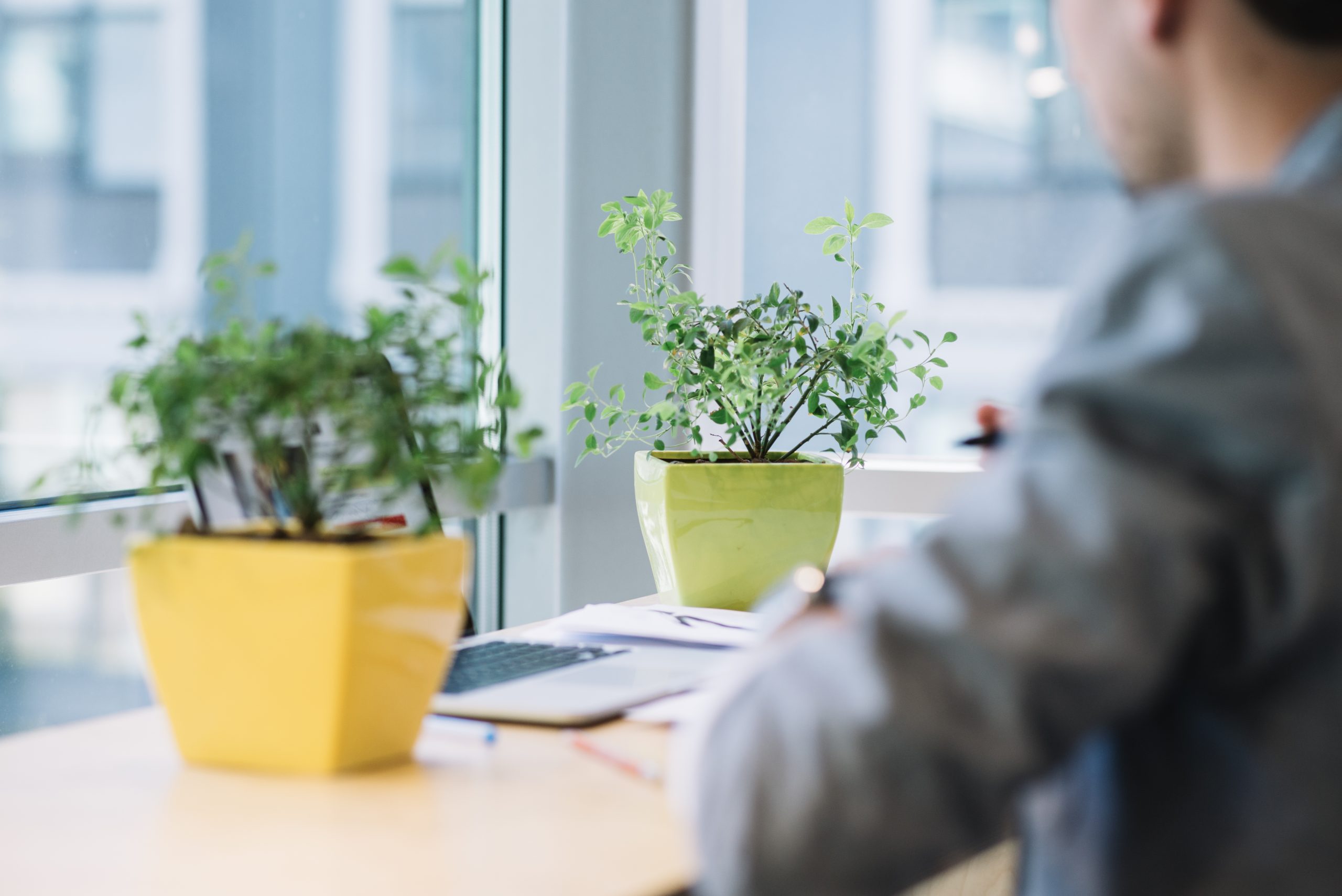
As mentioned previously, plants are a great way to incorporate more green into your office, which in itself can promote productivity in your colleagues. They also have their own reasons why they can be beneficial to your business.
Why have plants in the office?
Plants can help to increase the productivity of your staff, and they can clean the air in the room. Not only that, but they can also reduce noise levels, sickness and stress, making the office a more relaxing and enjoyable environment to be in. For example, our London Fields office space has a variety of plants within the building to help with the productivity of staff.
4) Consider an open-plan office design
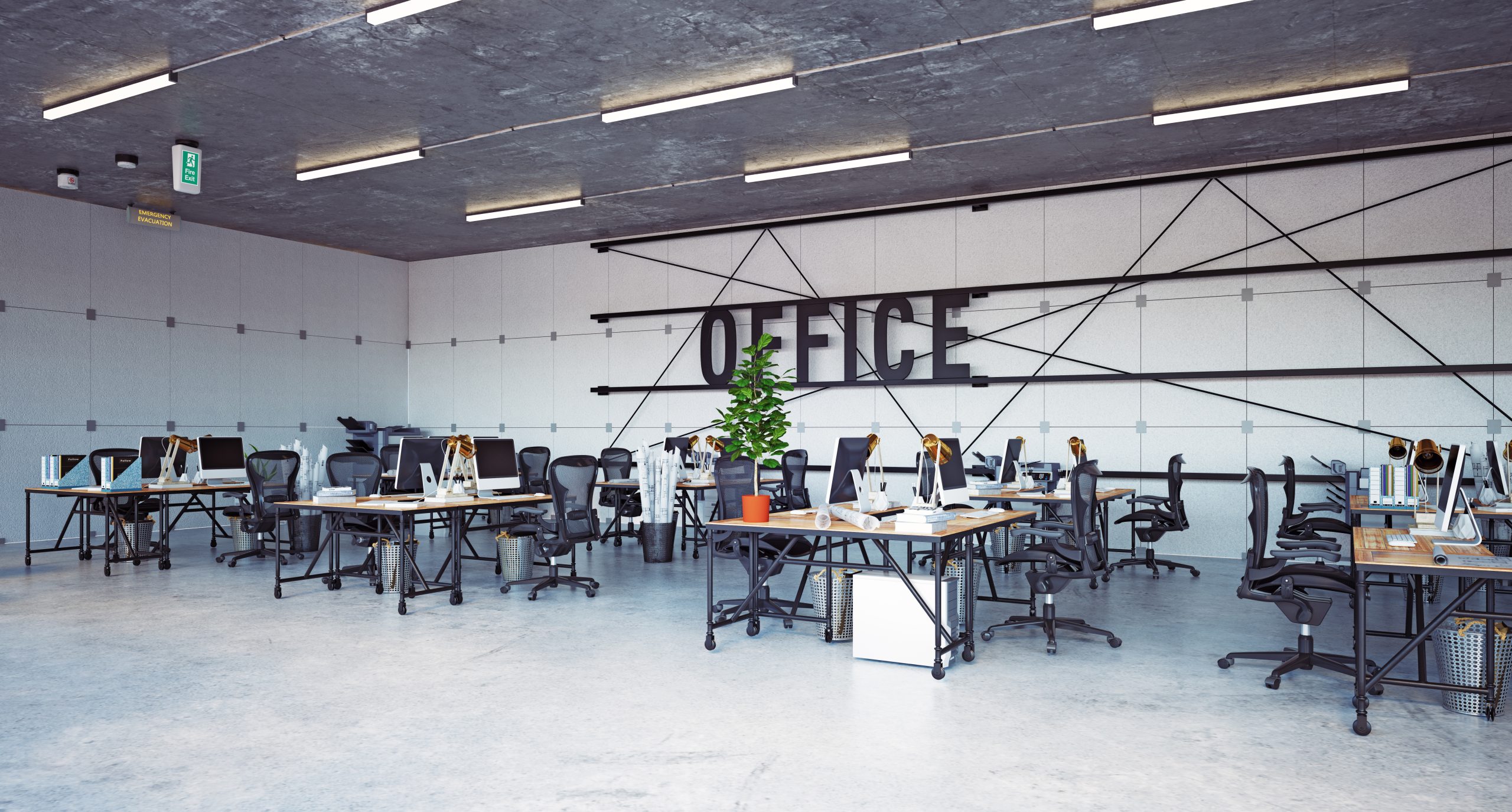
There are a range of office designs to choose from, and each has its benefits that suit different industries and work spaces. One of these designs is to have an open-plan office, which is the most popular layout for modern companies. The office desk layout features big tables to be shared by multiple people, and there are low (if any) partitions to separate workspaces, breaking down the walls between colleagues. Chairs on either side of the table allow more people to work together to reach their collective goals.
Not only does this office layout encourage teamwork and collaboration within a company, but it also allows staff to share their knowledge and experiences to help each other with their respective tasks. This is a modern office floor plan that provides ways to motivate employees, and it also makes the planning of the office space easier whilst promoting creativity within your team.
An example of this layout is in Hogarth House, where the long tables can be used to encourage staff to work together to meet their respective and collective targets within the business.
5) Give personal tech a home
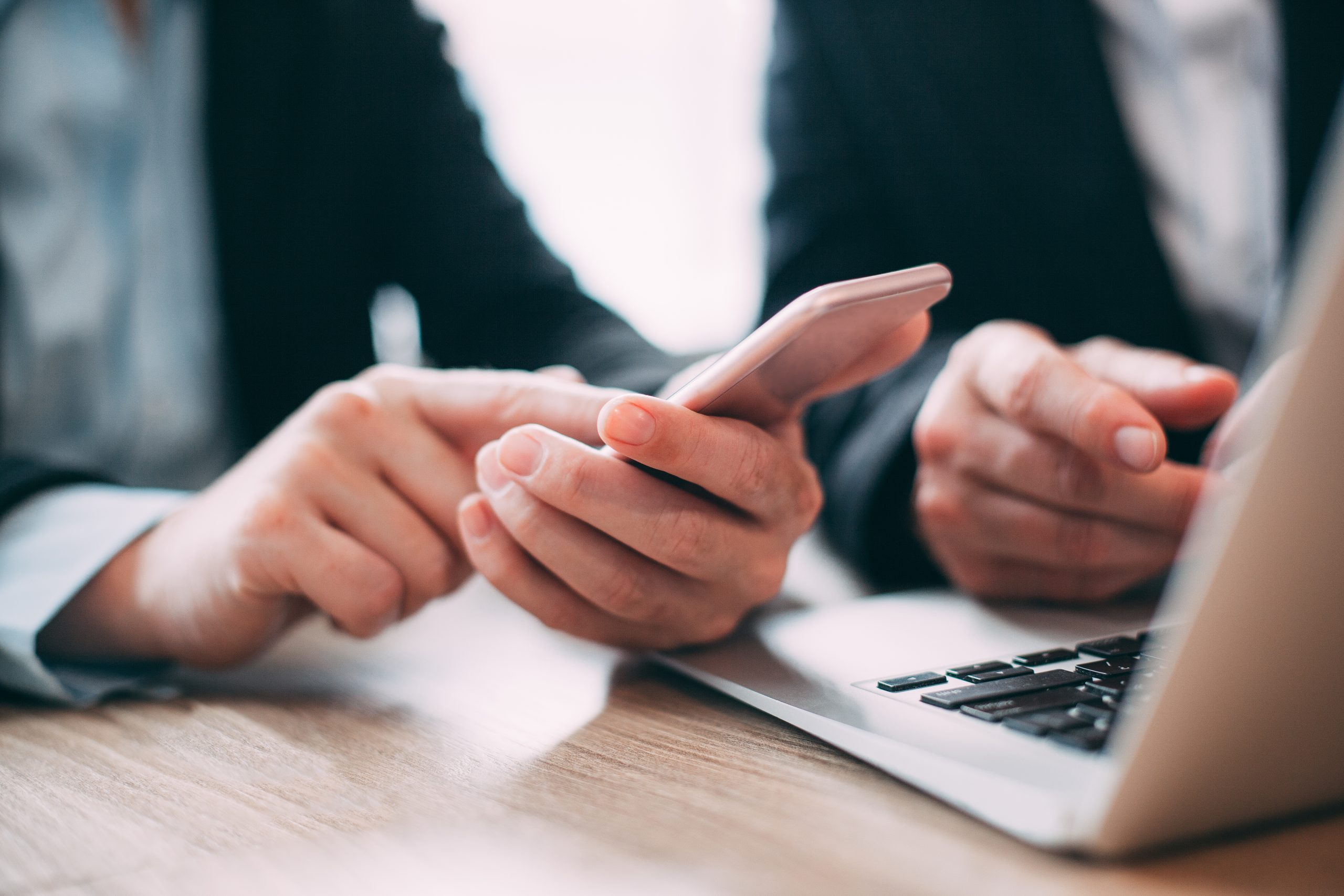
Personal technology can be distracting in the workplace, especially considering how many different types of technology people can have. Whether it be mobile phones, tablets, smartwatches or something else, these items can reduce productivity and waste time in the office.
To combat this, you can incorporate a location to store personal technology into your office space design. By having a drawer, cupboard or another way to safely keep devices out of sight, you can improve employee motivation and engagement by keeping their focus on the tasks for the day.
6) Texture
Whilst adding colour can help to increase productivity, a room can also use texture to help stop the place from feeling one-dimensional or flat. If you are not a designer, you can struggle to incorporate a combination of textures into a room due to a lack of confidence, and fall into the trap of repeating a texture or style throughout the entirety of the office space. Though this is done because everything will match, the final design will be both uninspiring and repetitive, which is not the goal of a productive office.
Properties such as Liberty House use texture to make the building more inspiring. When done right, textures can provide contrasts and visual focal points within a room, which can make it more interesting. When designing an office space, take advantage of the textures available to you and don’t restrict yourself to the safe options. Instead, allow yourself to create a space that is interesting and creates depth.
7) Lighting
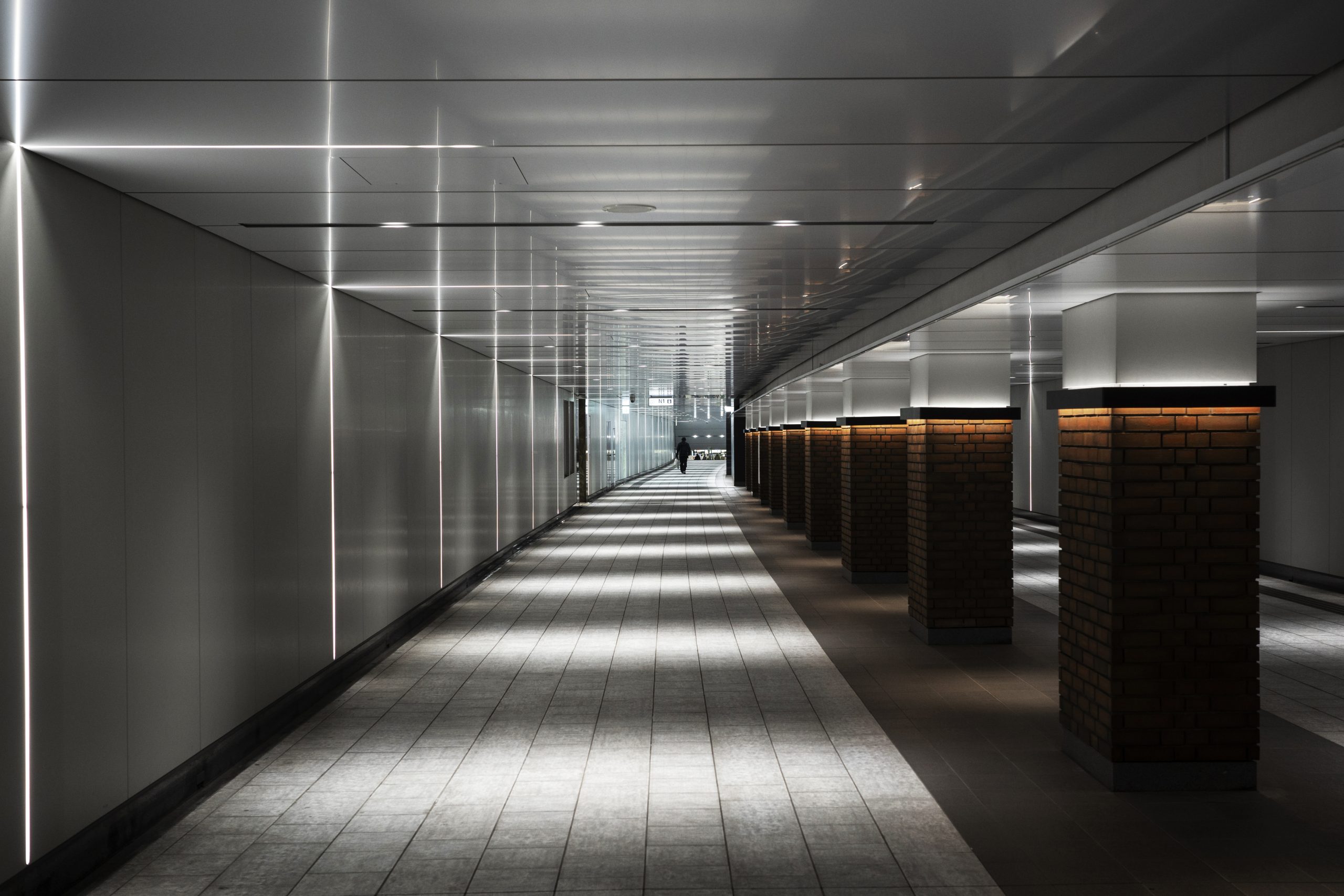
When designing a space for your employees, it is important to take office lighting into account. Two different types of lighting can be used, and they are artificial and natural lighting. You do not need to use the same lighting throughout the entirety of the office space. Instead, you can alter the lighting you use depending on the zone.
There are health benefits that can come from using natural light sources, such as increasing focus and energy, promoting happiness and improving sleep. To make a productive area for colleagues to work in, this is the preferred lighting to use.
However, sometimes the natural light available isn’t sufficient enough, and this is where artificial lighting is used. Artificial lighting can impact the mood of a room, depending on what it is used for and in what capacity, and it can be used for ambient lighting (also known as mood lighting). Ambient lighting incorporates the use of both brightness and temperature to provide an even level of light throughout the office, as well as comfort to the people in it.
How to Measure Employee Productivity

We have covered how to boost productivity within a workspace, but how do we measure how productive your employees are being? There are several ways to do this, and the method(s) you use will depend on what sort of industry your business works within. These methods are:
– Client/customer satisfaction
– Feedback
– Getting the job done
– Monitoring your employees’ progress
– Time management
Client and customer satisfaction is usually measured through their feedback, for example through a survey. These surveys can be tailored to your specific business, such as asking about the quality of a phone call if you offer phone communications with your clients. This feedback can then be compared to the number of interactions your staff had with your customers to establish how effective they are. However, tending to more clients is not always a sign of being more productive. A colleague may provide a better service to people, but the time it takes for them to do so means they don’t serve as many clients or customers throughout the day.
Feedback from other members of staff is also a way to measure how productive your business is. For this to work, your employees will need to give honest answers to the questions they are asked, and they will need to know how the different roles within the business work. Depending on the size of the company, this may be done with all members of the business or within small groups. Colleagues can then adapt their work as advised by those around them, and their productivity is based on the feedback they receive.
If you measure productivity based on getting the job done, you simply work out how many tasks have been completed within the business. In some cases, this may require a project to be split into smaller workloads and assigned to multiple people to ensure it is done before the deadline. The focus of this method is not on how long it takes to complete each task, but on the quantity of work completed.
If you want to establish the productivity of each staff member, you can monitor their progress. This also allows you to alter their workflow if needed. This could be done through team meetings or one-on-one interactions, but it enables people to discuss the workload they have and what they have already completed. This method allows you to compare the work being done by your employees, which will give you a rough guide as to how productive they are within the company.
If time management is your preferred way to measure productivity, there are different programmes and software you can use. Measuring time management means you will look at how long it takes your colleagues to complete a task and see if there are any trends in the time recorded. For example, you can establish whether productivity remains consistent, or if people are taking more or less time to complete tasks. This can be recorded in spreadsheets, such as people writing down how long they spent on a task or their start and finish times. If this is something you are considering, there is software that can be used to measure the time your employees take on each task.
There are many things to consider when designing your office to promote productivity and creativity among your staff members. If you are looking for new office space within London, DeVono can help you to find and design the right space for you and your company. With your unique business goals and objectives in mind, our office occupier advisory will get their team of consultants, surveyors and designers to create a workplace brief and design the ideal office for your business. This design will be to suit your company’s current situation and leave it future-proofed for later down the line. We know how important it is for the design of a workplace to suit your employees for their collaboration, morale and motivation, and we incorporate your company values into our designs to make the space perfect for your specific business. Contact us today and see how we can help you find the office space you need.


